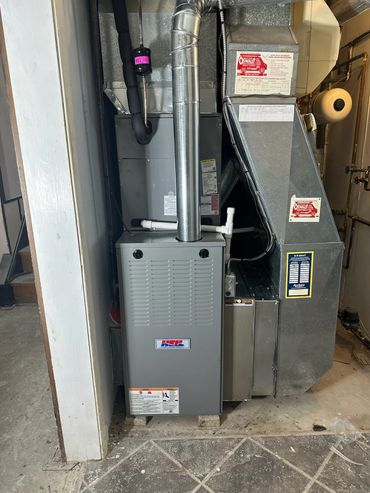EMERGENCY FURNACE REPAIR (440)413-7669
Air Conditioning and Furnace Repair in Painesville, OH
From furnace installations to HVAC repairs and general maintenance, we’ve done it all for over 25 years.
Air Conditioning and Furnace Repair in Painesville, OH
From furnace installations to HVAC repairs and general maintenance, we’ve done it all for over 25 years.






